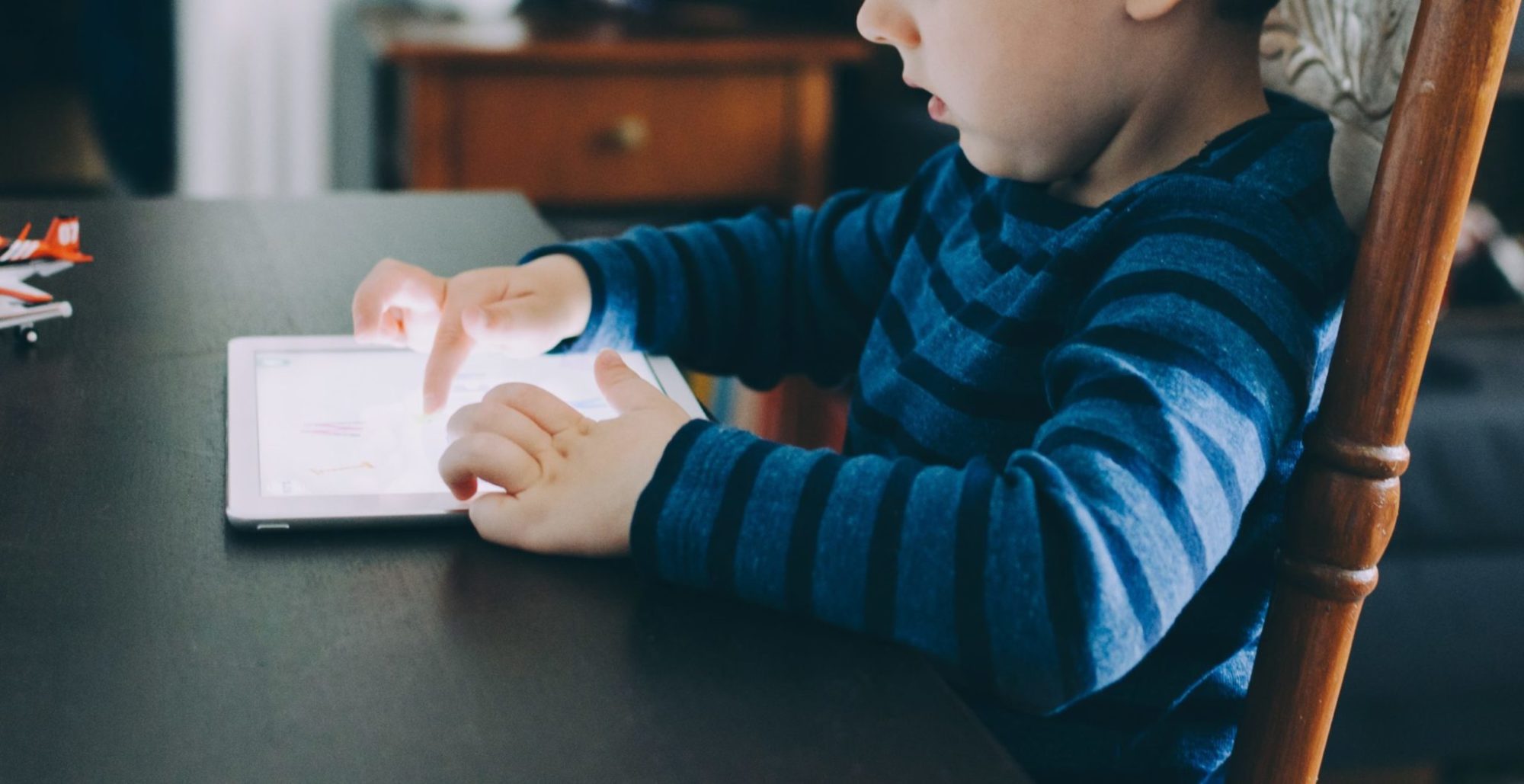Communication Devices for Cerebral Palsy

Children with cerebral palsy often suffer from impairments that prevent them from communicating with other people. Without the ability to communicate their needs or even to connect with those around them, this can cause some people with cerebral palsy to feel isolated.
Nearly 80% of those with cerebral palsy have dysarthria (slurred speech due to weak muscles), according to a 2022 study published in the medical journal BMC Neurology.
Fortunately, communication devices and other assistive devices designed for cerebral palsy patients can bridge this gap.
There are many types of these devices, including automated speech generators, hearing aids, and communication boards. You can talk with your child’s pediatrician or a speech therapist to learn which communication devices would be best for your child.
Reach out to our registered nurses to discuss your child’s cerebral palsy treatment and see what resources you may be eligible for, including financial assistance.
What Are Communication Devices for Cerebral Palsy?
Communication devices for cerebral palsy help children with this condition speak, write, and hear others more clearly. Also referred to as Augmented and Alternative Communication (AAC), these devices can be high-tech, such as using computer technology, or low-tech, such as using gestures or expressions.
AAC devices are some of the primary ways that many children with cerebral palsy communicate if they have speech or hearing impairments.
Communication devices for cerebral palsy include:
- Communication boards and books
- Computers and tablets
- Eye-tracking devices
- Hearing aids
- Writing or typing aids
These devices are extremely beneficial, as most children with cerebral palsy may have difficulty speaking, writing, or hearing.
Data shows that:
- Whether verbal or nonverbal, a majority of children with cerebral palsy would benefit from assistive devices as part of their early intervention plans, according to research supported by the National Institutes of Health (NIH).
- AAC devices can help with long-term speech and communication motivation, according to the American Speech Language Hearing Association.
- Adults with cerebral palsy who used AAC devices for 15 years or more reported an overall positive quality of life thanks to their communication aids, according to study results published in the Internet Journal of Allied Health Sciences and Practice.
Parents of children with cerebral palsy should consult their child’s physical and speech therapists to see what communication devices may help their child.
Types of Communication Devices
There are many communication devices for cerebral palsy designed to improve specific impairments, such as a lack of verbal speech or problems controlling hand movements. Learn about a few different types of communication devices below.
Communication Boards
A communication board lays out phrases or letters so children can simply point to what they are trying to say, rather than physically verbalizing what they have to say. This can save time and energy for both them and the person they are communicating with.
Communication boards come in many forms. Some electronic communication boards will say the selected phrase when a child presses a button. Other boards are simply sheets of laminated paper with letters or phrases.
Speech-Generating Devices
Speech-generating devices are not unlike computers, but they are designed more with a child’s disability in mind. The child can select words using either a keyboard, a head-operated switch, or even their eyes. From there, the words they have chosen turn into automated speech.
Eye-Tracking Technology
Eye-tracking technology can allow children to select options on communication boards or speech-generating devices without having to use their fingers or hands. Instead, their eye movements are mapped and used to make choices on the screen.
Hearing Aids and Implants
Hearing aids can help improve a child’s damaged hearing, which, in turn, may improve their own communication abilities. For example, if the child can hear sounds more clearly, they may be able to understand what others are saying to them.
Traditional hearing aids are tiny electronic amplifiers that sit in or behind the ear. For more severe cases of hearing loss, a cochlear implant may be considered. This device, implanted by surgery, sits inside the ear and can process sound into speech.
Writing and Typing Aids
In terms of written communication, children with cerebral palsy may have trouble using pencils or computer keyboards. Different assistive devices can help improve a child’s writing abilities, depending on their level of impairment.
To help children write more steadily and legibly, weighted pencils, pencil grips, or writing boards can also be used.
What Communication Devices Will Be Best for My Child?
This depends on your child’s specific health care needs. Some children may only be slightly impaired and not actually require a communication device for cerebral palsy. Others who need communication devices may prefer one device over the other.
Speech therapy for cerebral palsy can help children determine what devices will be best for them and adapt to using communication devices.
Not sure where to start? Our registered nurses are on-call ready to answer any questions you have. Reach out today to see how we can help.
Where Can I Find Communication Devices for Cerebral Palsy?
This depends on what communication devices your child needs. Some devices (such as communication boards) can be bought online through various e-commerce sites like Amazon. Many websites also offer printable, low-tech communication boards.
For more high-tech devices such as eye trackers and hearing aids, you may need to consult your pediatrician to see if your child is a good candidate. If so, the doctor can provide documentation to your health insurance company to ensure your child gets the equipment they need.
The Individuals with Disabilities Education Act of 2004 (IDEA 2004) requires schools to cover the cost of AAC devices for cerebral palsy if they are part of a student’s Individualized Education Program (IEP). Reach out to your child’s school to learn more.
Are There Other Assistive Devices for Cerebral Palsy?
Yes, there are other assistive devices that can greatly impact quality of life for people with cerebral palsy. Many children are finding much-needed independence with the support of these devices.
Some other important assistive devices include:
- Adaptive vision devices: Large-print books, magnifying lenses, and braille reading materials can all be used to help children with vision problems see or communicate.
- House modifications: Safety railings, bathtub or shower benches, and adaptive chairs can all be used around the home to keep children safe from falls.
- Wheelchairs and crutches: These mobility devices can help children who have trouble walking get around faster.
- Vehicle modifications: Wheelchair ramps and even driving aids can give young adults with cerebral palsy more freedom.
Learn more about treatment and support options for cerebral palsy in our free downloadable guide.
Get Help Paying for Assistive Devices
Sadly, many families are unable to balance the cost of assistive devices with the medical bills from cerebral palsy treatment.
The lifetime cost to care for someone with cerebral palsy is over $1 million, according to 2003 data from the Centers for Disease Control and Prevention (CDC). When adjusted for inflation, that’s more than $1.6 million as of April 2023.
However, you don’t have to navigate this financial burden alone. There are a number of nonprofit organizations and community support organizations that can help cover the cost of communication devices and other technology.
Additionally, if your child’s cerebral palsy was caused by a preventable birth injury, you may be eligible to file a cerebral palsy lawsuit. An experienced birth injury lawyer can help fight for the compensation you deserve to give your child the best life possible.
Contact our team today at (855) 220-1101 to discuss your options.


